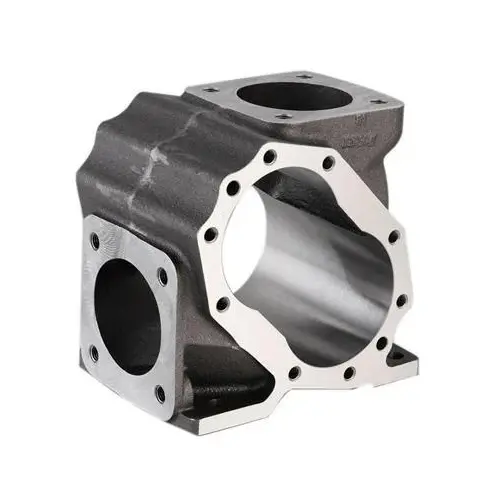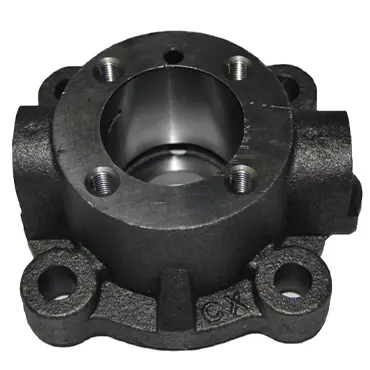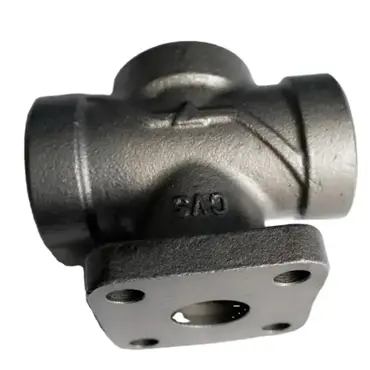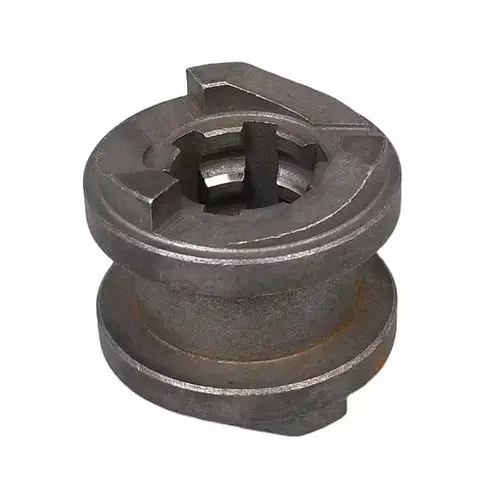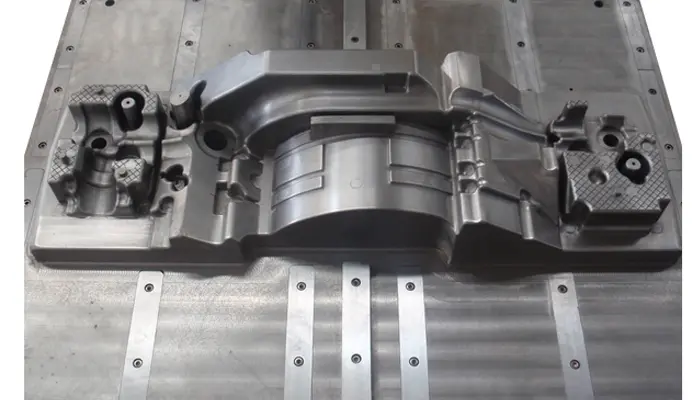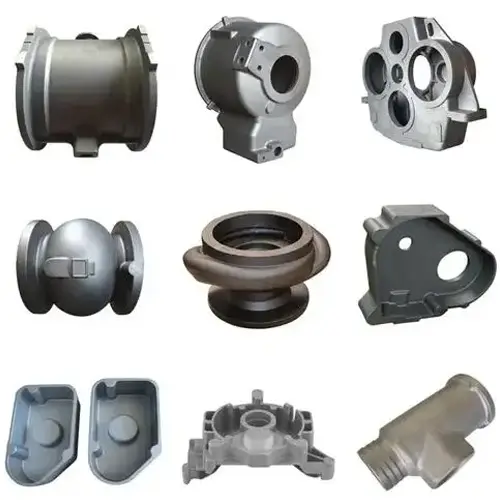QT500-7/EN-GJS500-7 is a ductile iron material with good comprehensive performance. It has been used in engineering practice because of its high strength and long elongation. This material is realized by adding copper and other alloy materials, and the cost is relatively high.
The ingredients are prepared according to the weight percentage of the following materials:
C: 3.75±0.15%Si: 2.5±0.2%Mn: 0.3±0.1%
Mg: 0.04±0.01%Re: 0.03±0.01%The remainder is Fe
According to the given chemical composition range (except tin, ferromanganese, etc. (External) through batching, smelting, adding ferromanganese when the temperature reaches about 1350℃, and then spheroidizing; secondly, adding tin accounting for 0.022-0.042% of the processed molten iron to the molten iron, and adding it together with the inoculant into the ladle when the first tapping explosion tends to be flat, to make up the remaining molten iron, or, when pouring the ladle, adding tin accounting for 0.022-0.042% of the processed molten iron together with the inoculant to the surface of the molten iron in the tapping ladle, stirring evenly and then pouring the ladle; in the above process, the absorption rate of tin in the mixture with molten iron is 95%.
The specific method is as follows
1: According to the given chemical composition range (except tin and ferromanganese), ductile iron pig iron and recycled materials and scrap steel are used for smelting. When the temperature reaches 1350℃, ferromanganese is added;
2: The molten iron is spheroidized and inoculated, and 0.022-0.042% of tin is added to the ladle during the second tapping or pouring, and poured into the pre-made mold. After keeping warm for 70 minutes, the casting of the required material is obtained.
The cast properties of this grade are σb≥500MPa, σ0.2≥320MPa, δ≥7%, and the Brinell hardness HBS=170~230; the casting matrix is a mixed matrix of pearlite and ferrite, the pearlite content is 20~55%, and the cementite content is ≤1%.
Tin is added to the ladle together with the inoculant when the burst of iron tapping tends to be flat, and the remaining molten iron is supplemented; when pouring the ladle, 0.040% of the tin in the treated molten iron is added to the surface of the molten iron in the ladle together with the inoculant, stirred evenly, and poured into the pre-made mold. After keeping warm for 70 minutes, the casting of the required material is obtained.
The above castings were measured, and the results are as follows: σb=556MPa, σ0.2=343MPa, δ=11%, Brinell hardness HBS=178; the casting matrix is a mixed matrix of pearlite and ferrite, the pearlite content is 35%, and there is no cementite.
When tin is mixed with molten iron, it will produce losses, and the absorption rate is about 95%.
